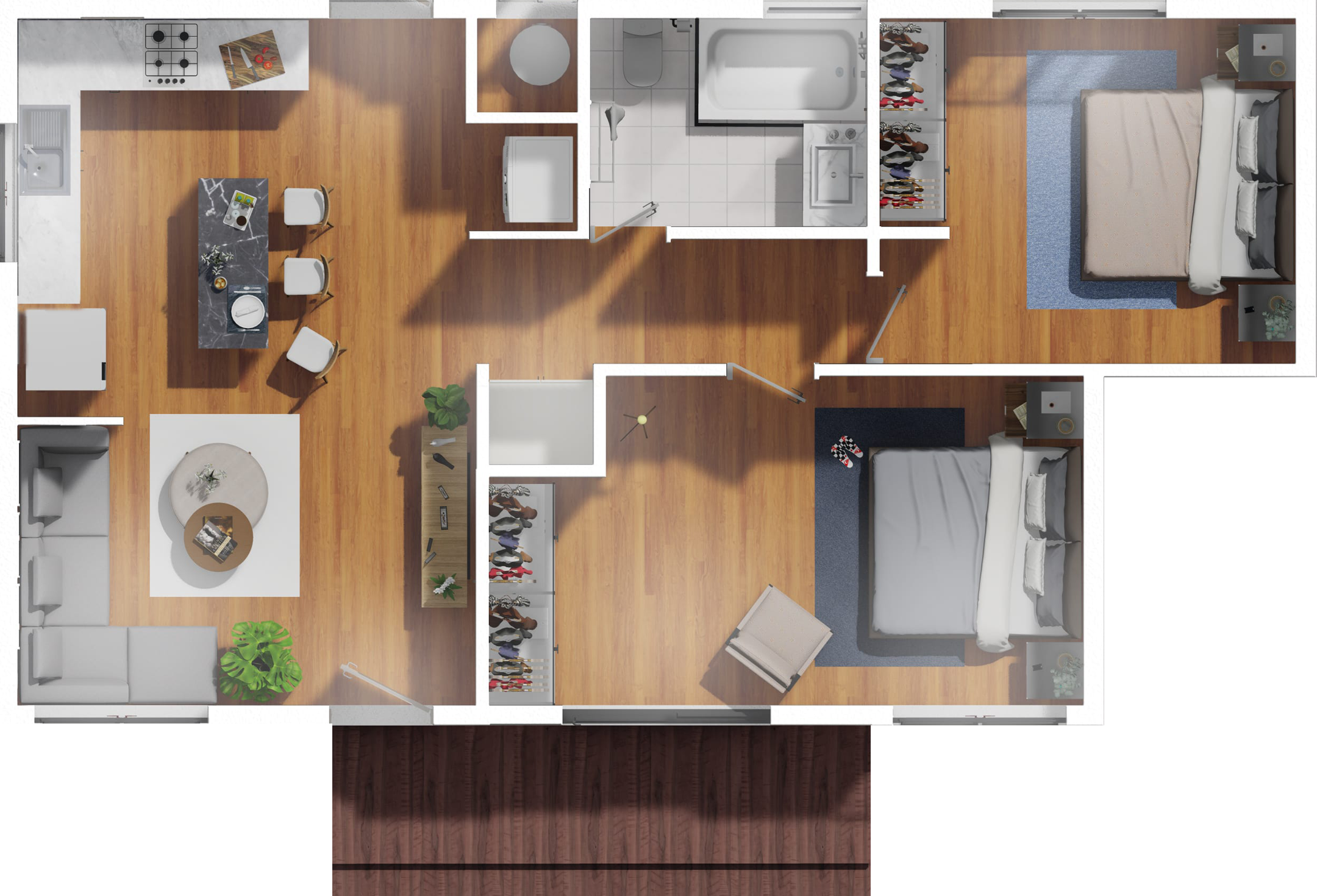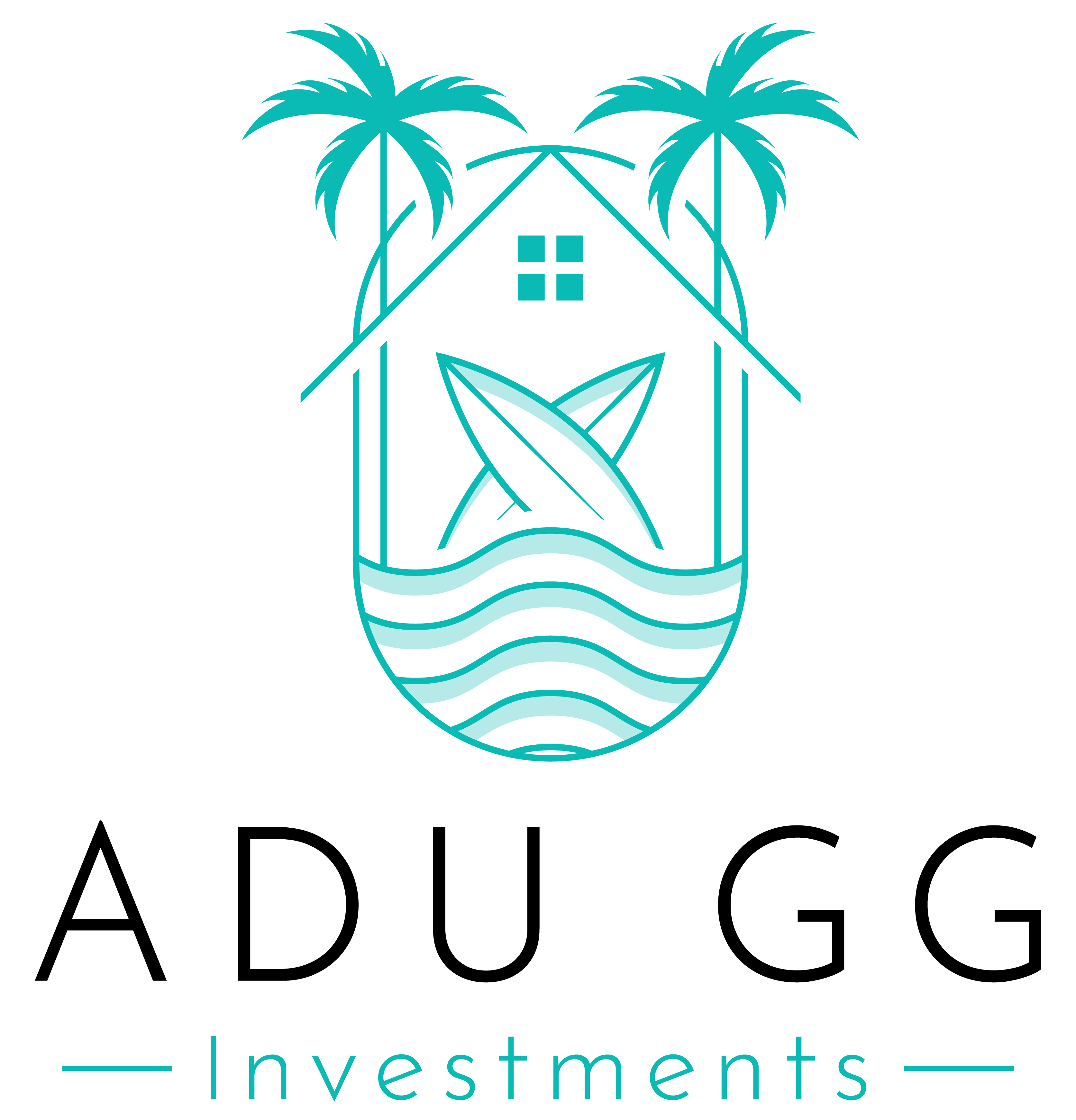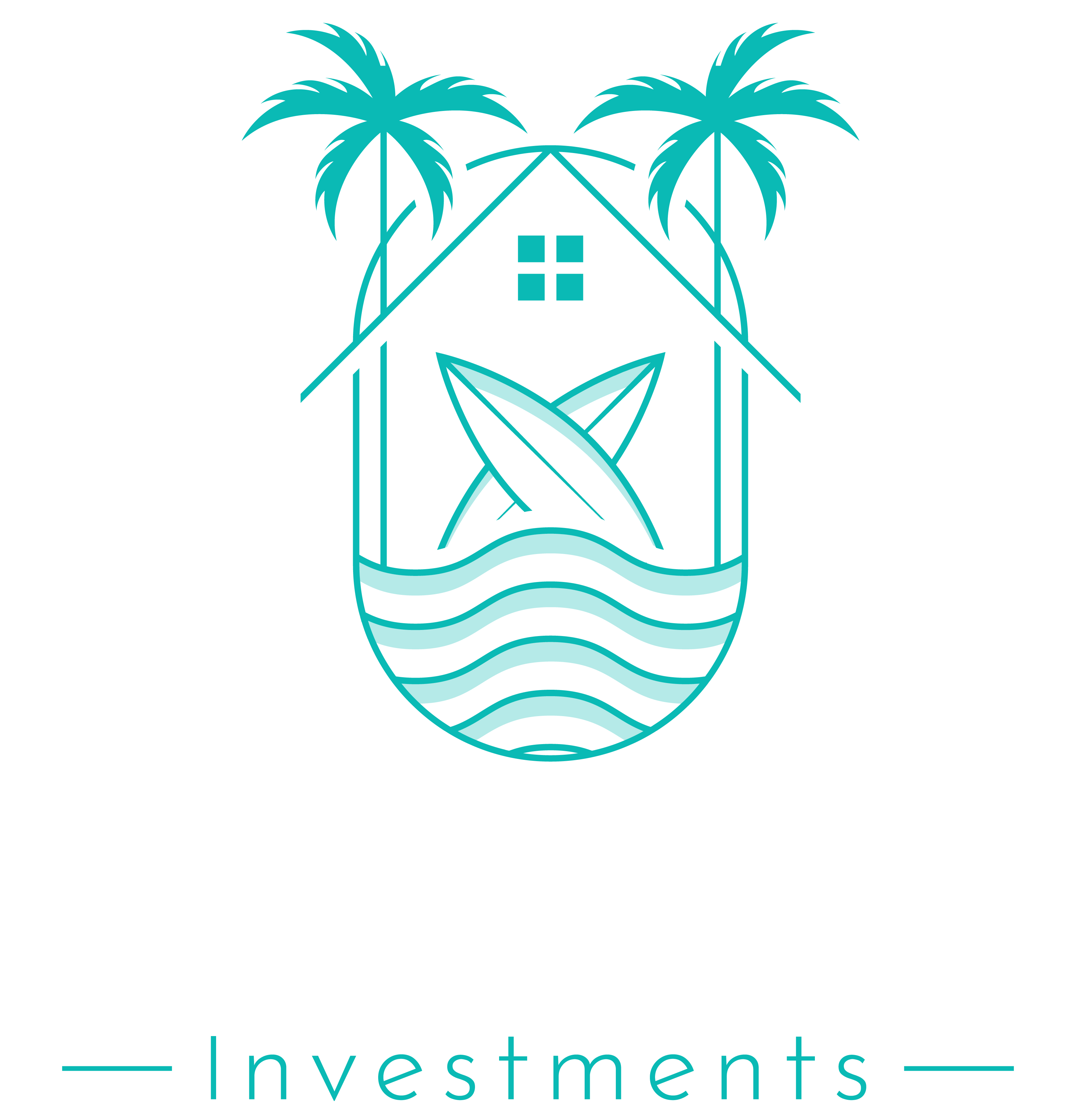
California Wildfires: Rebuilding Faster, Smarter, and Stronger Amid Rising Challenges
The recent wildfires in California have left devastating scars across communities, uprooting lives and livelihoods. As residents begin the arduous process of rebuilding, they are faced with significant challenges: escalating costs of construction, permitting hurdles, and ongoing supply chain disruptions. These obstacles not only slow recovery efforts but also raise critical questions about how we can better prepare for and respond to disasters in the future.
The Rising Cost of Rebuilding
One of the most pressing issues is the skyrocketing cost of reconstruction. Labor shortages, rising material prices, and the complexity of rebuilding to meet updated fire safety standards are stretching budgets thin for many homeowners and businesses. For example, lumber prices surged during the pandemic and have yet to fully stabilize, while specialized contractors for fire-resistant construction are in high demand but short supply. This financial strain often forces people to make tough choices, such as downsizing their homes or delaying reconstruction altogether.
Permitting: A Major Roadblock
Rebuilding after a disaster should be swift, but the permitting process often stands as a significant barrier. California’s strict building codes and zoning regulations, while necessary for safety and sustainability, can lead to months of delays. For wildfire survivors, these delays are especially painful, prolonging the period of displacement and uncertainty. Local governments must consider adopting expedited permitting processes during emergencies, ensuring that rebuilding efforts are not hindered by red tape.
Supply Chain Disruptions
Adding to the complexity is the global supply chain crisis, which has made it difficult to source essential materials like steel, concrete, and roofing supplies. Even when materials are available, transportation bottlenecks and delivery delays can push project timelines back by weeks or even months. Collaborative solutions, such as pooling resources across affected areas or incentivizing local production of materials, could mitigate some of these challenges.
Learning from Past Disasters
California has faced its share of natural disasters, and each one provides valuable lessons. After the 2018 Camp Fire, the community of Paradise demonstrated the power of collaboration by working closely with state and federal agencies, nonprofits, and private companies. Streamlined permitting processes and public-private partnerships played a critical role in accelerating the rebuilding process. These models should serve as blueprints for other fire-affected areas.
A Call for Innovation and Unity
To overcome these challenges, California needs to embrace innovative approaches, such as modular construction, prefabricated homes, and sustainable materials. At the same time, rebuilding efforts must prioritize equity, ensuring that vulnerable communities—often the hardest hit—are not left behind. Recovery is not just about rebuilding structures; it’s about rebuilding lives and fostering resilience in the face of future disasters.
As we reflect on the current situation, it’s clear that rebuilding after wildfires requires more than just financial resources. It demands collaboration, creativity, and the willingness to streamline outdated systems. Let’s work together to ensure that recovery is swift, sustainable, and inclusive, turning challenges into opportunities for growth and resilience.
Looking to Build an ADU?

Work with our team of ADU investment experts to increase your property value, earn rental income, or expand your family's living space.
Meet us in Playa Del Ray Beach

ADU Meetup Bonfire – A Night of Connection, Wellness & Real Estate!
Let’s talk ADUs, investing, and smart housing solutions over a cozy fire at Playa Del Rey Beach!
meet us in ALIGCUS:
1841 S San Gabriel Blvd UNIT D, San Gabriel, CA 91776

ADU Investment Workshop: Unlocking Real Estate Potential
Join us for an in-person workshop designed to help you confidently navigate the world of Accessory Dwelling Units (ADUs). Whether you’re a homeowner exploring income potential, an investor scaling a portfolio, or a real estate professional ready to level up your ADU knowledge—this event is for you.





